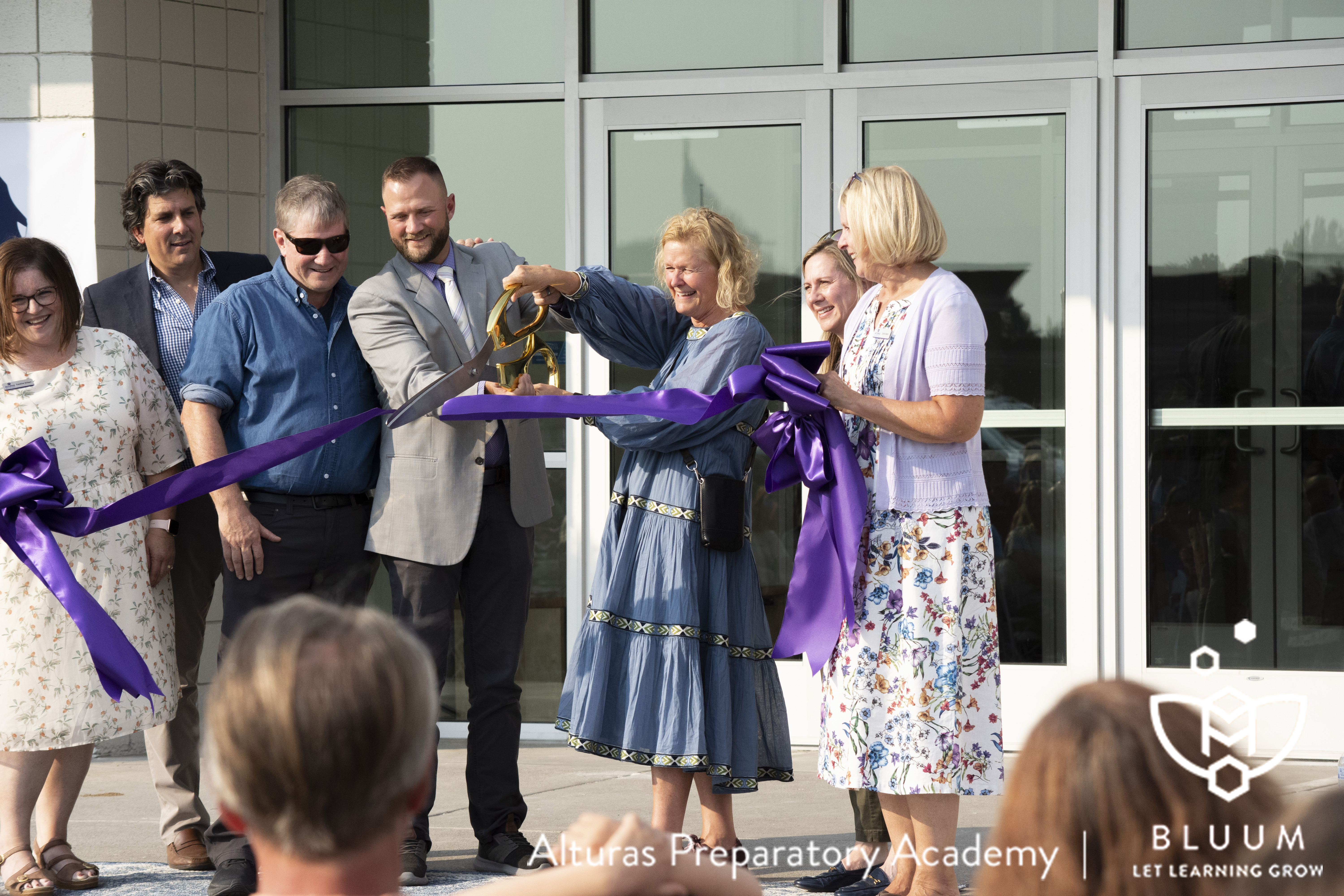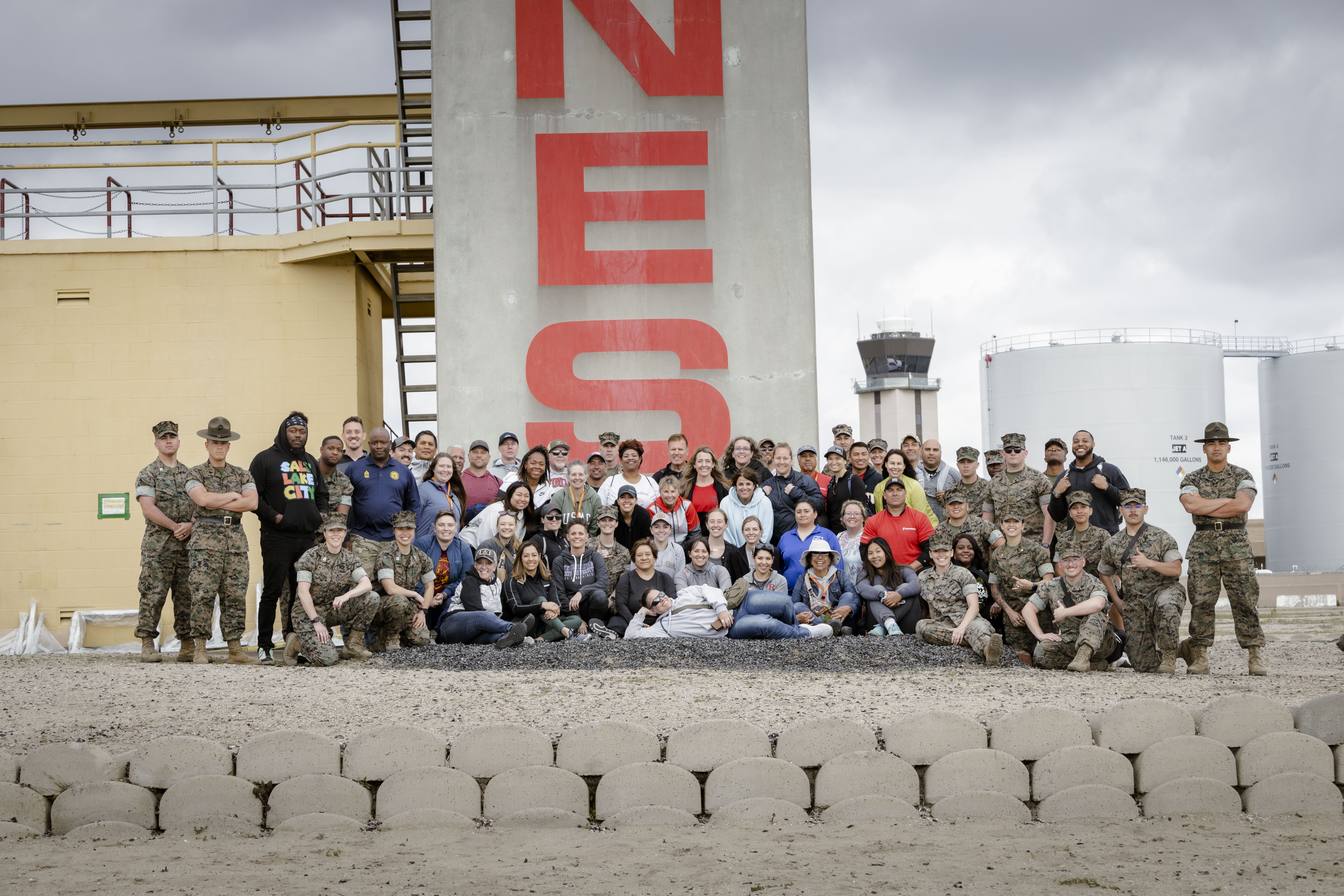
Idaho Needs to Get Creative to Meet its School Facilites Challenge
by Keith Donahue and Terry Ryan
Originally Published in Idaho Education News | Reprinted by Idaho Mountain Express
As America’s second fastest growing state, Idaho’s student population continues to grow. This comes as little surprise for any of us that visit schools in our fastest growing communities. You see it in the hallways and in the lines of traffic as parents let their children off for school in the mornings. From 2012-13 to 2021-22 our K-12 student enrollment grew from 264,760 to 319,159; a net gain of 54,399 students.
Census projections for the next decade expect this growth to endure. It is expected that Idaho will have to educate more than 37,400 new K-8 students by 2030. Ada County alone is expected to add an additional 24,622 K-8 students by decade’s end. This is a shockingly large number when one considers the Boise School District, our state’s second largest school district, educated 23,362 pre-K-12 students in 2021-22. In short, accommodating Ada County’s student growth means building another Boise School District worth of buildings.
District school officials know this facility challenge well, and officials in Coeur d’Alene, Middleton and Vallivue are still licking their wounds from their voters rejecting their bond issues earlier this week. They will surely need to return to the voters for additional runs at passage. Some may also need to scale back their hopes and expectations, but the reality of demographics means more schools have to be built.
Public charter school developers and operators also feel the pressure to serve more students as they are asked by parents, developers and community leaders to add new seats or grow their efforts in new communities. In the last decade Idaho’s public charter school enrollment has expanded from 18,782 students to 29,204 students; this is an annual average growth rate of 5.5%. More than 8,400 of these new seats are in schools that our organization has supported with technical assistance and/or direct grant support provided by the J.A. and Kathryn Albertson Family Foundation, Idaho’s federal charter school program grant managed by Bluum, and/or from other state and national philanthropic partners.
Public charter schools are prohibited from asking local voters for levy dollars to build facilities. They finance their facility costs using bank loans and/or bonds and pay annual debt service out of their operating budgets. Idaho’s charter schools will receive $370 per student in 2022-23 through state facilities funding streams; down from $445 per student in 2019. As a result, charter school leaders are creative and efficient with their facilities. Some schools partner with other organizations that allow the school to use their gym or cafeteria. For example, Future Public Charter School in Garden City share space with the local Boys and Girls Club, and their outdoor play space is the local city park.
Other charter schools make compromises on classroom size or simply go without certain amenities. Sage International Charter School in Boise, for example, is in its 13th year of operation and is still trying to figure out how to pay for a gymnasium. For other public charter schools buildings are constructed in phases. The planned K-12 Idaho Novus Classical Academy in Avimor is taking a phased approach. It will build 31,000 square feet in phase one, which will house 540 students in grades K-9 at full enrollment. Phase two will require the building of a 20,000 square foot high school that will, hopefully, include a gymnasium for students in grades K-12. At the conclusion of all construction the school will serve a total of 702 students.
As the stress of this student growth, matched by the inflationary pressures in building and rising interest rates, spreads across more and more of our communities we need to find creative ways to work better, smarter and across traditional boundaries. A great example of this is in Idaho Falls where Bonneville Joint District #93 has partnered with the Elevate Academy network of career tech charter schools by providing access to land and serving as the school’s charter school authorizer. Elevate Academy Idaho Falls is expected to open in August 2024 and will grow to serve 488 at-risk students in grades 6-12.
This partnership addresses a pressing local student need and does so at no new cost to local taxpayers. It is a proverbial win-win, and it is an example of the creative and innovative approaches all of us in Idaho public education will need to embrace if we truly hope to meet the needs of our growing student population.
Terry Ryan is CEO of the Boise-based education nonprofit Bluum, and Keith Donahue serves as Bluum’s Director of School Strategy.
___



